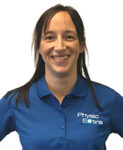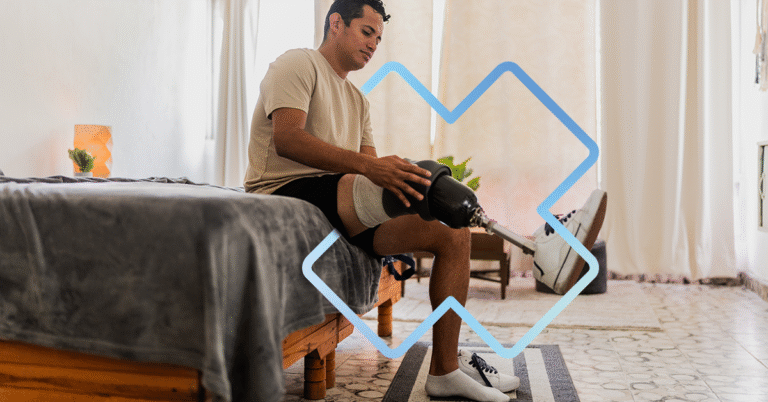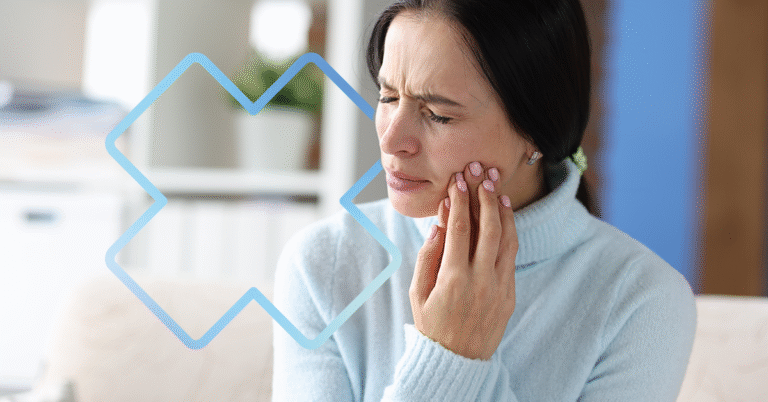What is Long COVID?
Terminology
Different terms are used to describe this condition:
- Long COVID: the most common term used by the media and the general public
- Post-COVID Syndrome (PCS): the expression preferred by the Government of Canada
- Post-COVID-19 conditions or post-acute sequelae of COVID-19: more medical terminology
Although the wording may differ, they all refer to the same reality: symptoms that persist beyond the acute phase of infection.
Internationally recognized definitions
There is not yet a single, universally accepted definition of Long COVID. Here are two of the most frequently cited references:
- World Health Organization (WHO, 2021): Post-COVID condition usually occurs about three months after the onset of the illness, with symptoms lasting at least two months and not explained by an alternative diagnosis (source: WHO).
- National Academies of Sciences, Engineering, and Medicine (NASEM, 2024, United States): Long COVID is described as a chronic infection-associated disease lasting at least three months, in a continuous, relapsing, or progressive form, affecting one or more organ systems (NASEM report, in English).
These definitions highlight the complexity of the syndrome and the diversity of possible manifestations.
Learn more about symptoms and treatment on our condition page.
How many people are affected?
According to the Government of Canada (2023), about 15% of adults who contracted COVID-19 experience persistent symptoms. In half of these cases, the symptoms last a year or longer after the initial infection. These figures show that PCS is a significant public health issue.
Who can develop Long COVID?
Anyone who has had COVID-19 can develop PCS. The condition can occur even after a mild infection. However, certain factors increase the risk.
Observed risk factors
- Female sex
- Age between 40 and 60 years
- Presence of comorbidities such as obesity, asthma, or autoimmune disease
- Hospitalization for COVID-19
- Severe initial infection or numerous acute symptoms
The absence of risk factors does not rule out the possibility of developing Long COVID.
Common myths and realities
Myth #1: COVID-19 is just like the flu
COVID-19 is a different infection. It can cause long-lasting effects and affect multiple organs. Comparing it directly to the flu is misleading.
Myth #2: Only very sick people are at risk
Long COVID also occurs in people whose initial infection was mild. The severity of the acute illness alone does not predict long-term outcomes.
Myth #3: Symptoms always go away over time
Some people recover within a few weeks, others after several months or longer. Proper follow-up can speed up functional recovery and reduce post-exertional relapses.
Myth #4: Nothing can be done
Even though there is no single treatment, rehabilitation offers concrete and effective strategies. The goal is to improve quality of life and regain autonomy.
Long COVID remains a reality in 2025
It can affect anyone and take many forms. With proper information and professional support, progress is possible through structured and individualized rehabilitation. If you are still experiencing symptoms several months after infection, it is important to talk to a healthcare professional.







